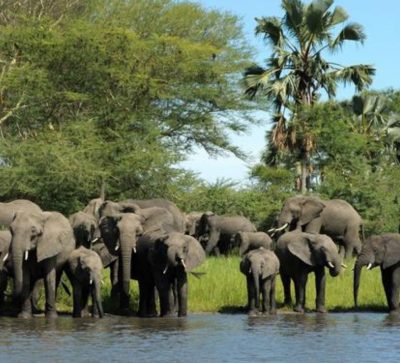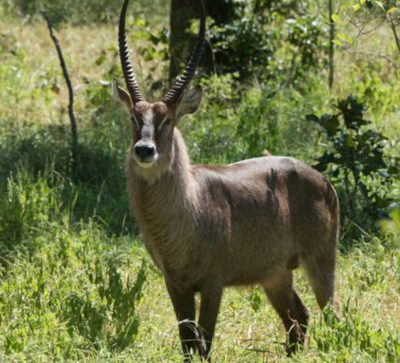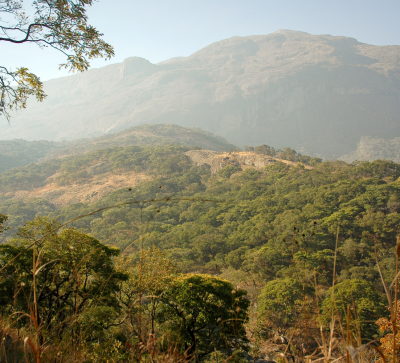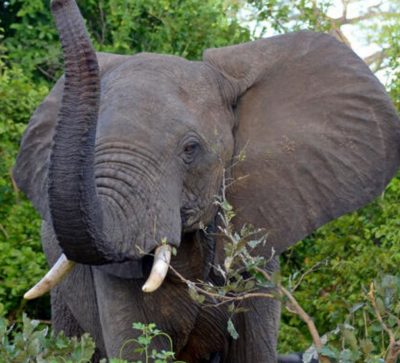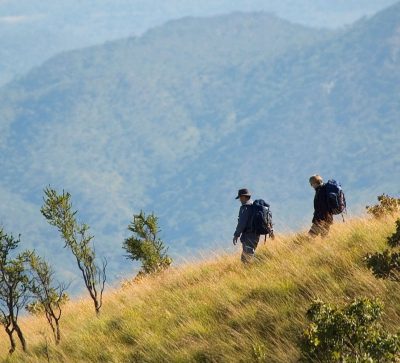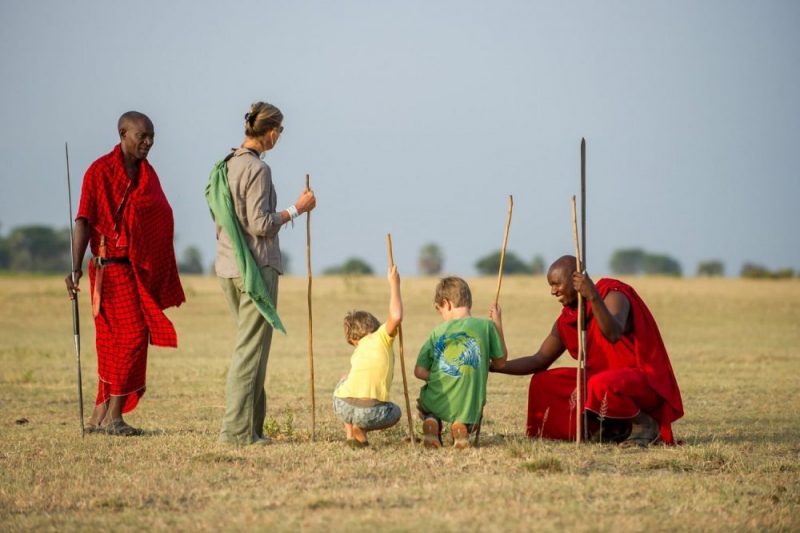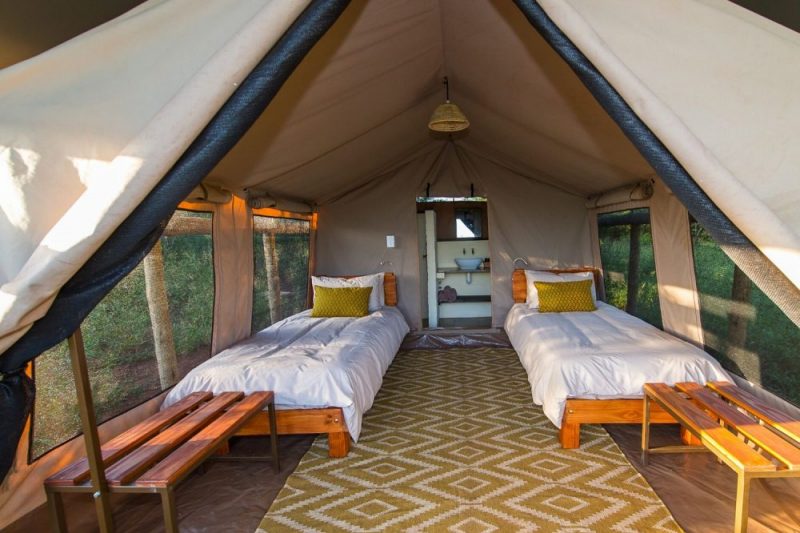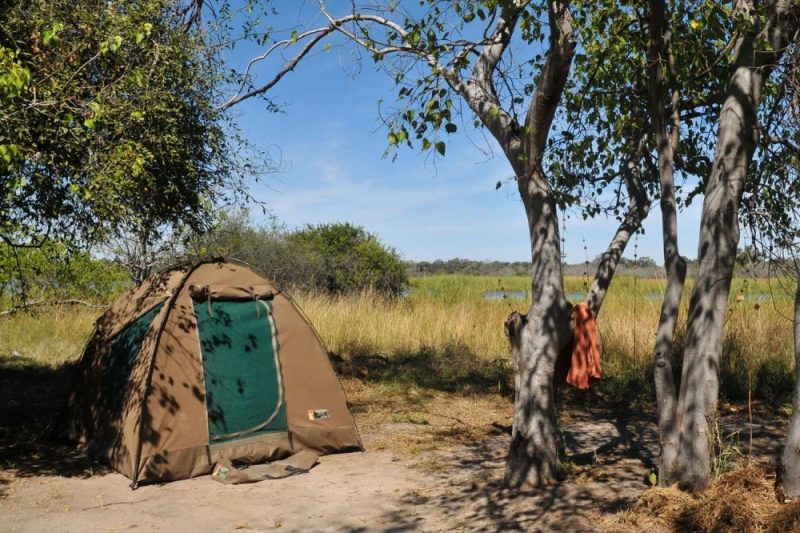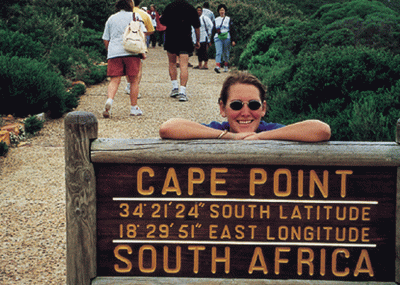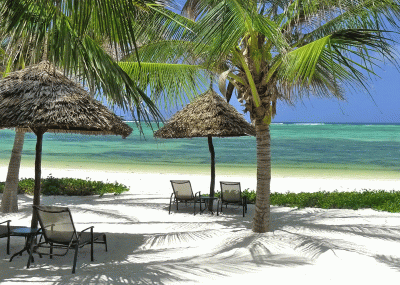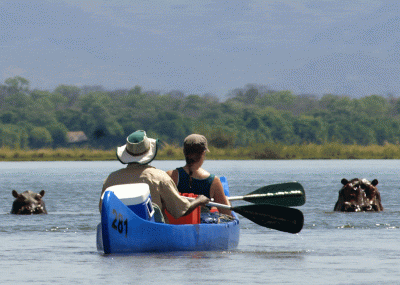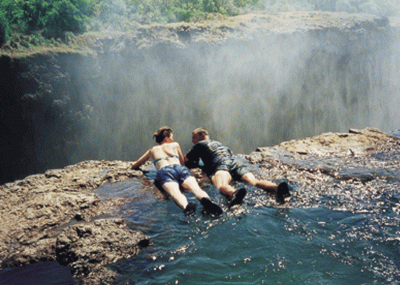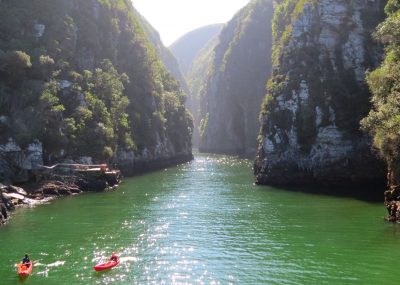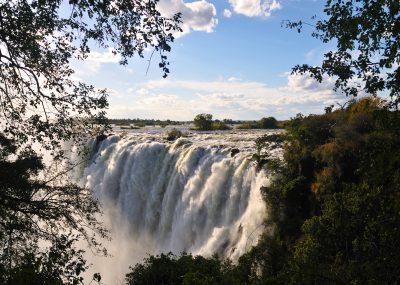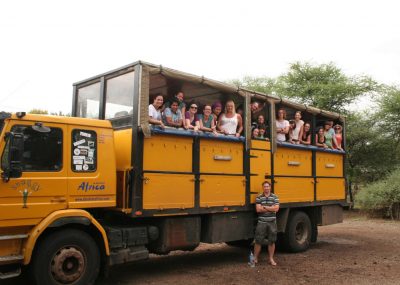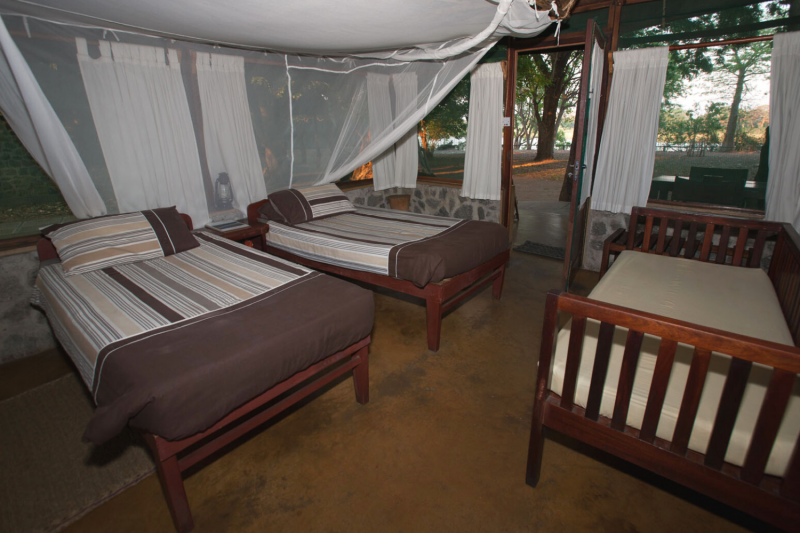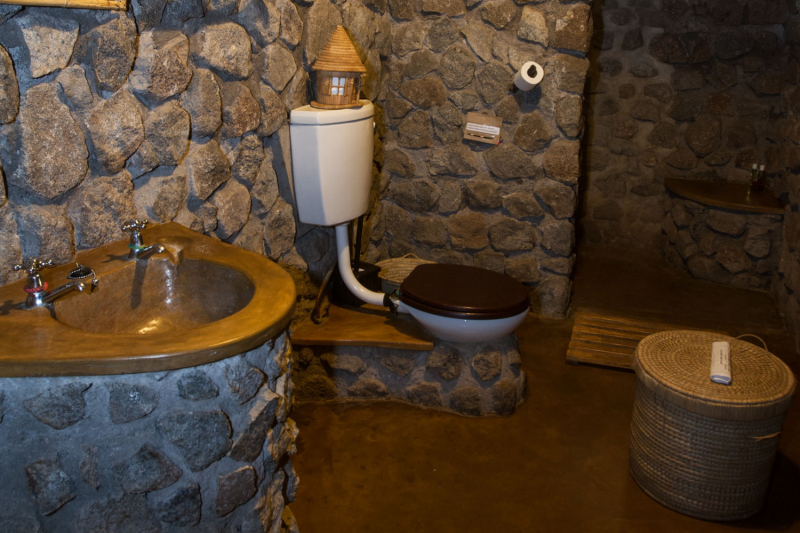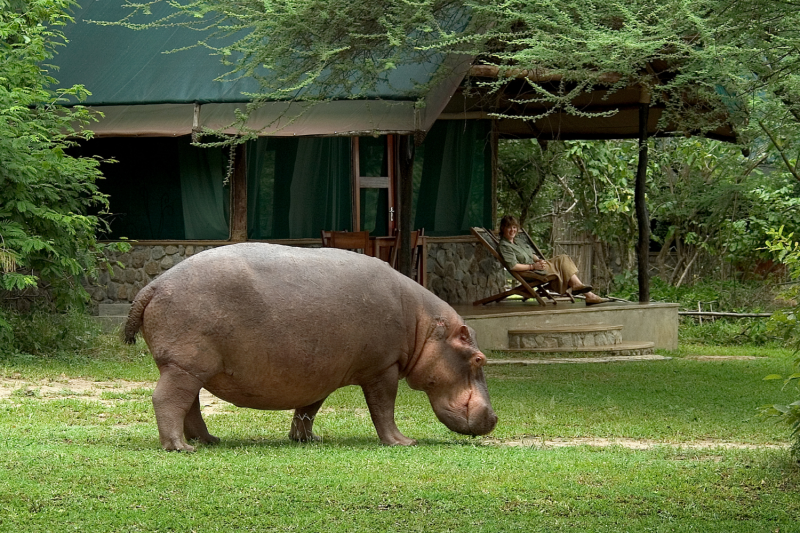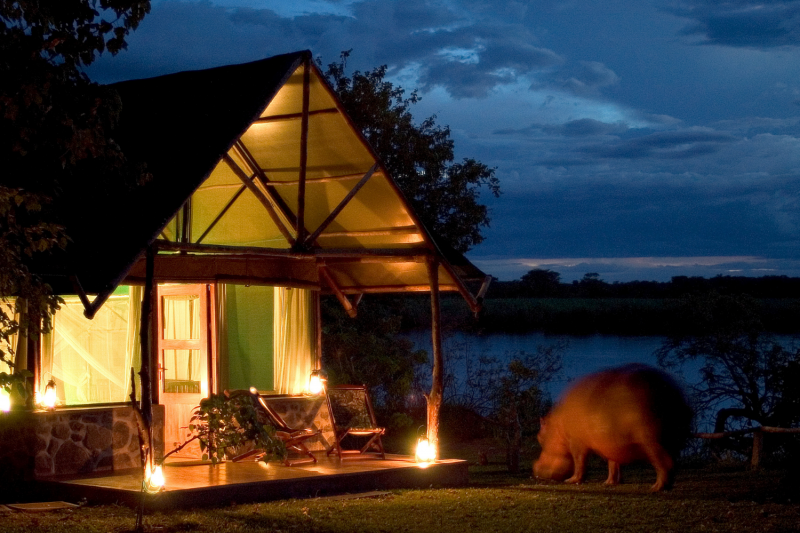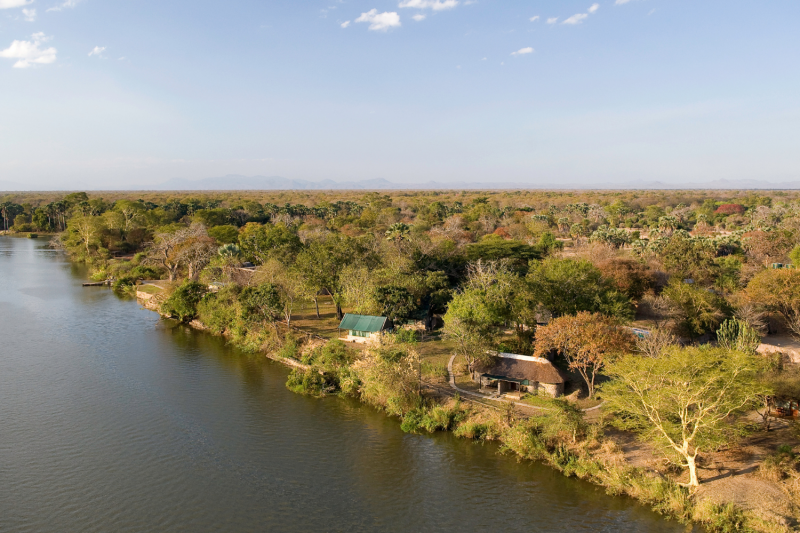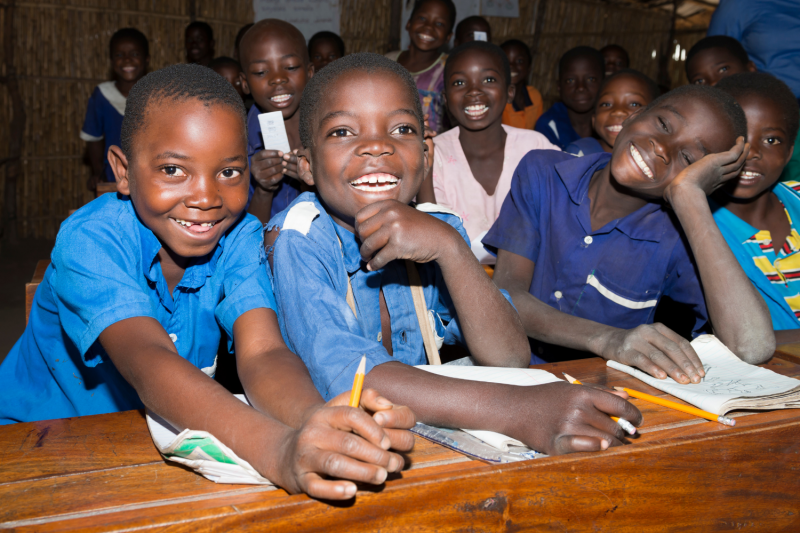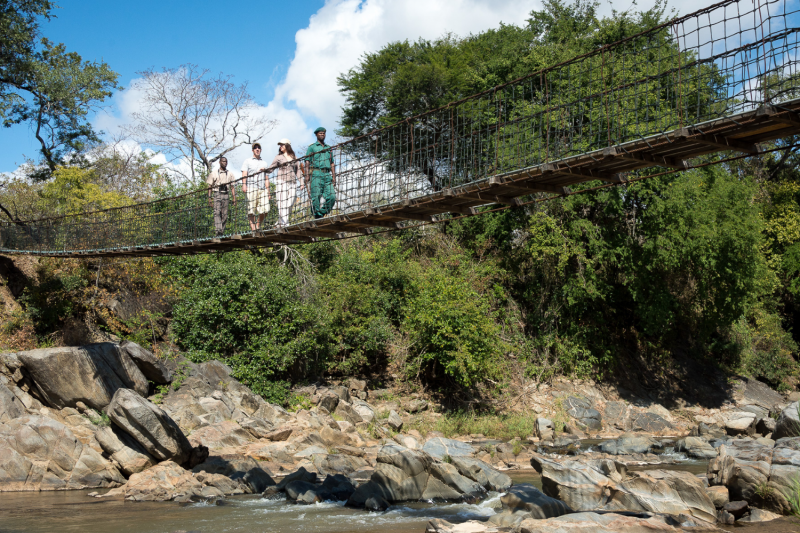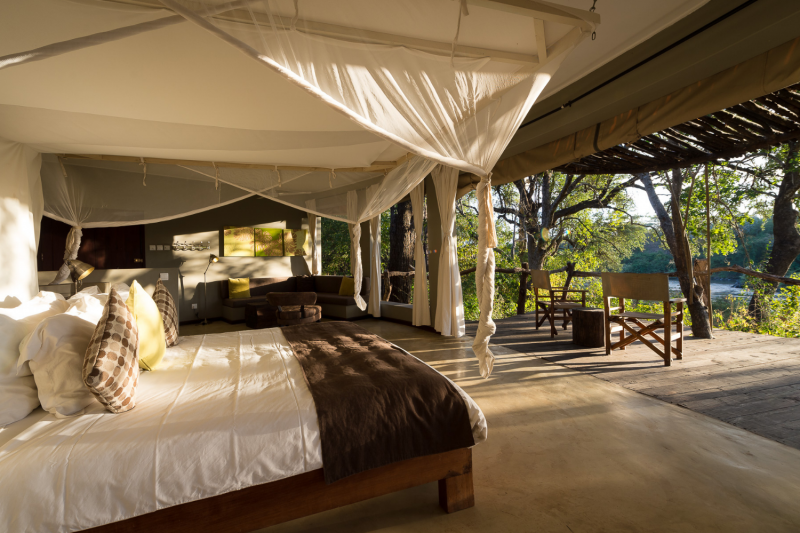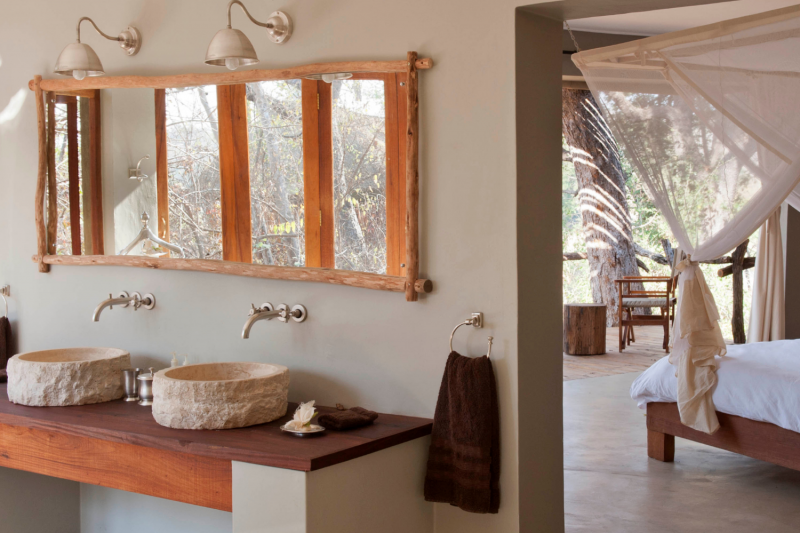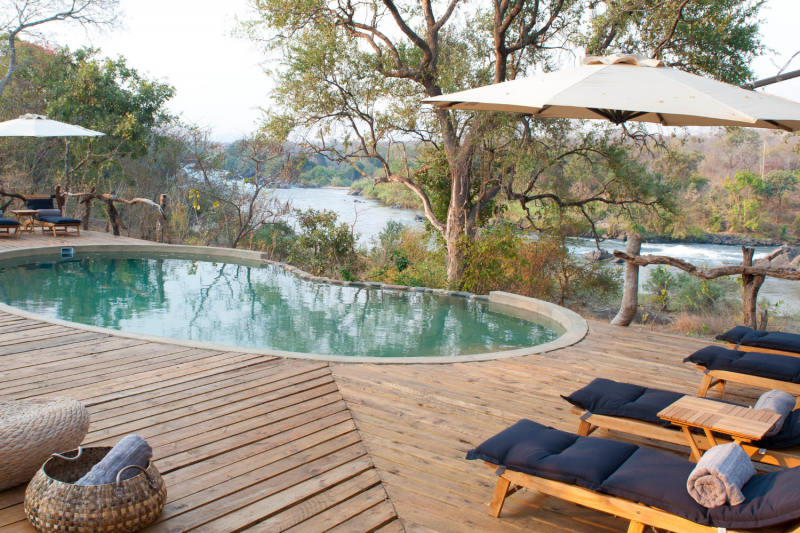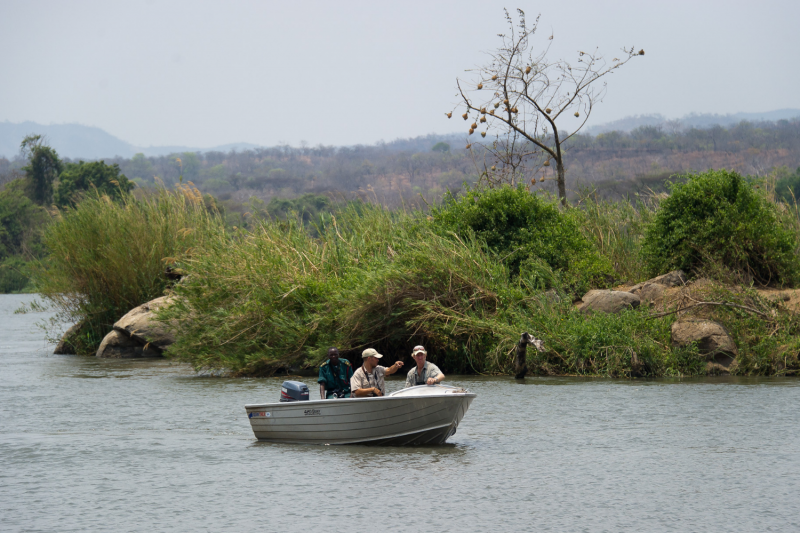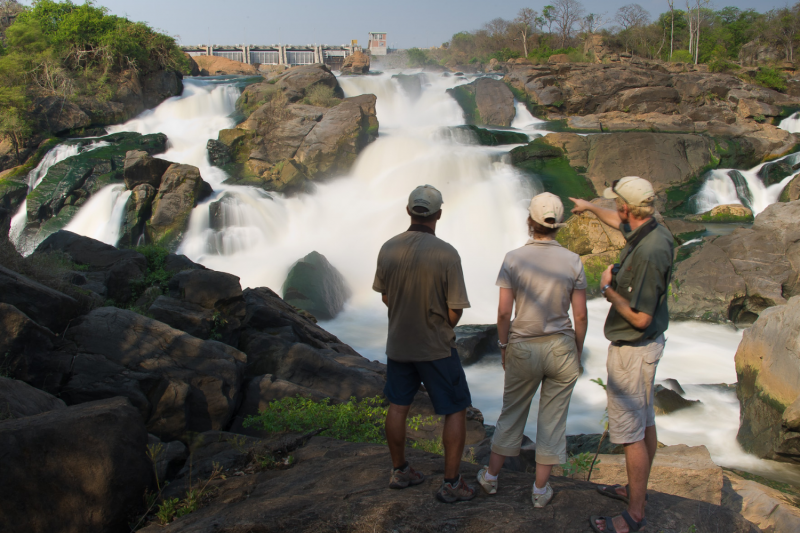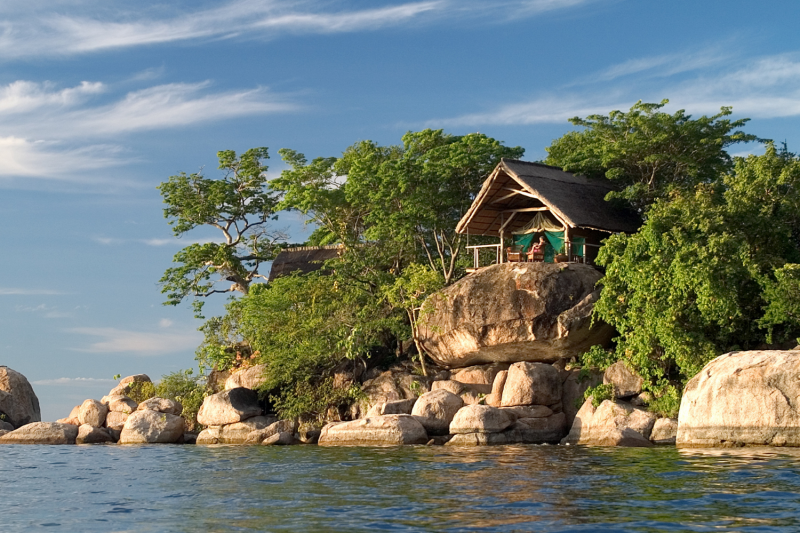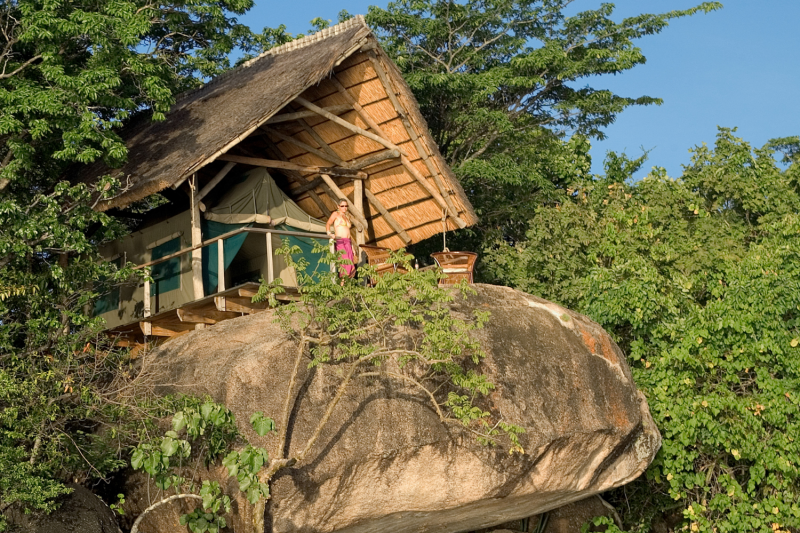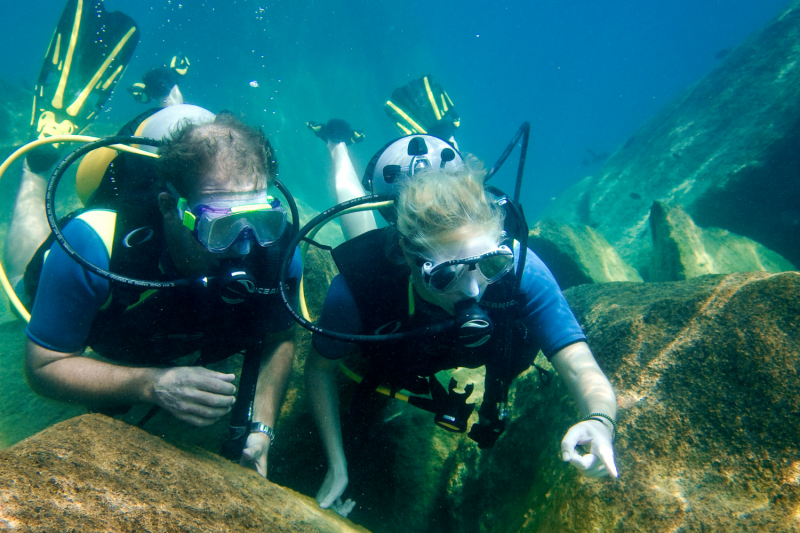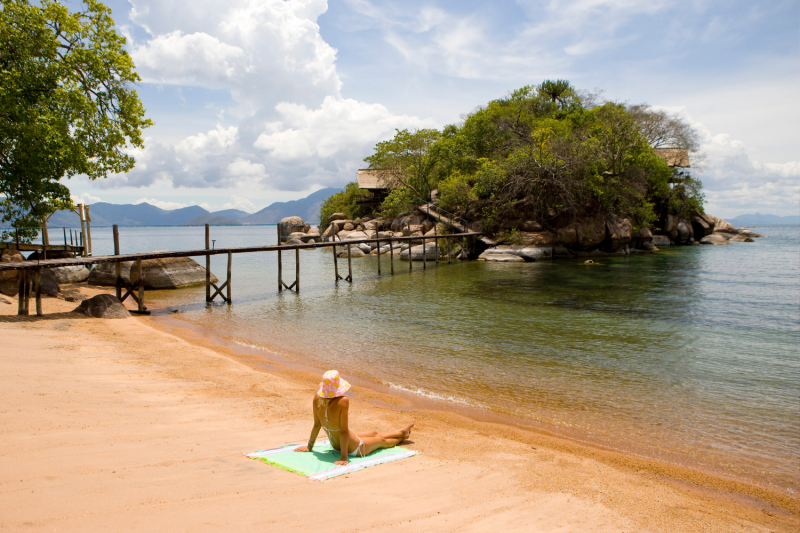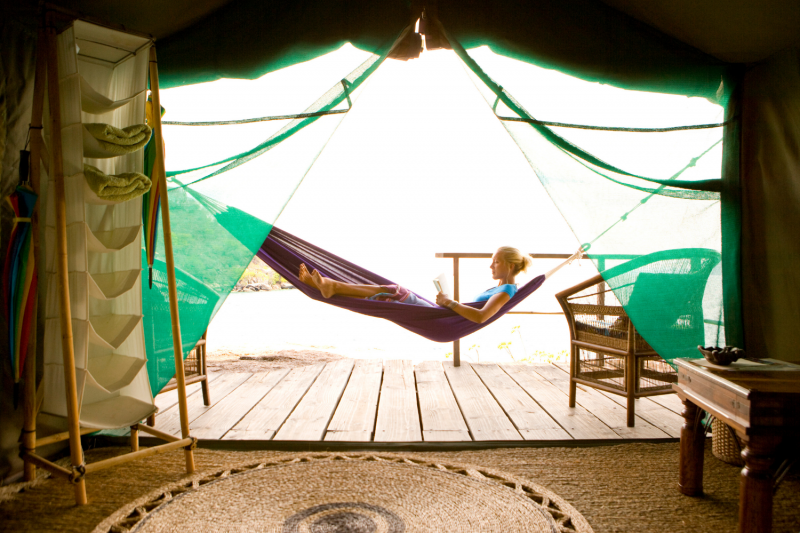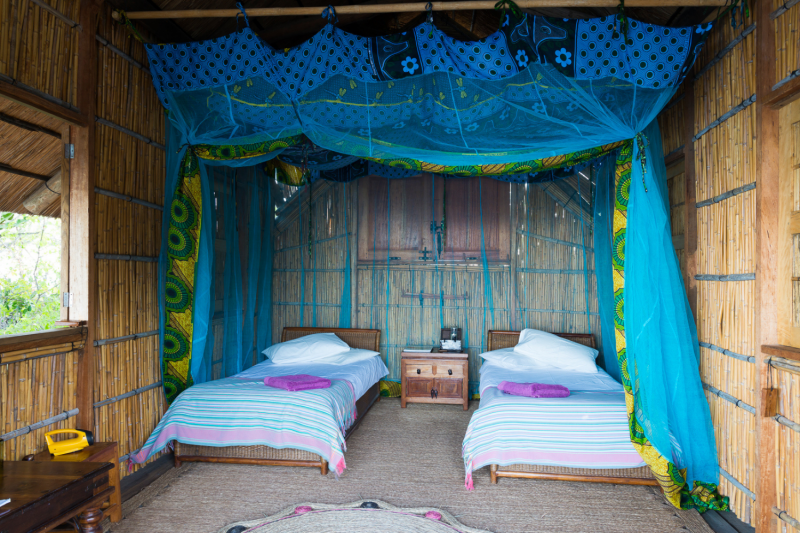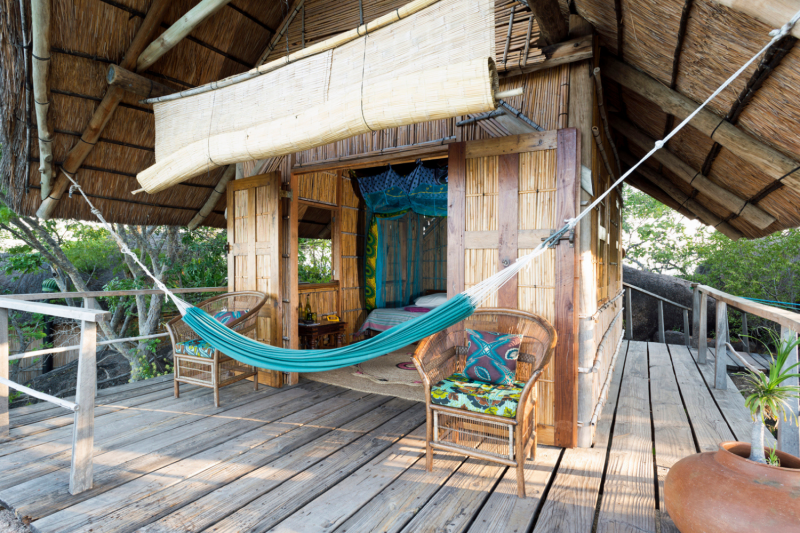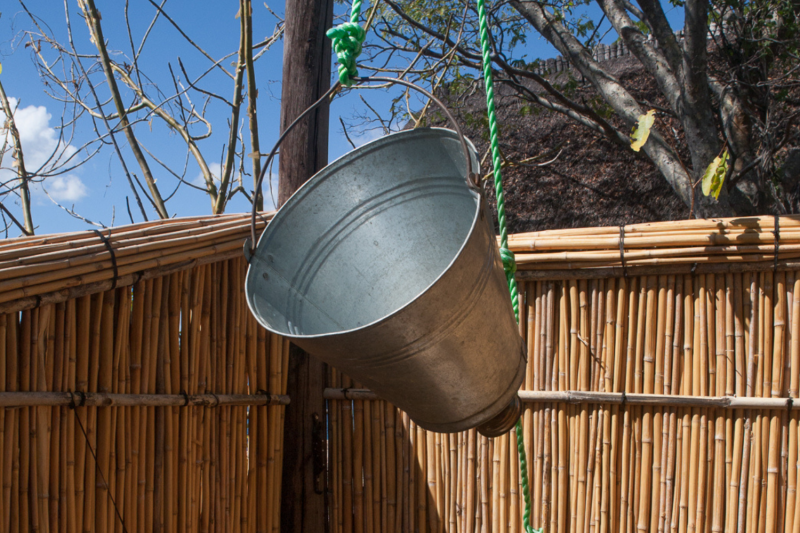Mount Mulanje is the highest peak in Malawi rising to a height of 3000m, what makes this all the more impressive is that the bare rock flanks of this great massif rise up high above the surrounding countryside. Mulanje is easily accessible and you can drive around it in a car but the first price is to hike up on the mountains.
The Mulanje Massif, as it is also known, is located 65km east of Blantyre, rising sharply from the surrounding plains of Chizardzulu, and the tea-growing Mulanje district. It measures approximately 13 x 16 miles (22 x 26 kilometres).
Mount Mulanje towers over 3000m high, locals call it the ‘island in the sky’, it is easy to see why – on a misty day the mountain is enclosed in a smoke-like haze, and its highest peak, Sapitwa, bursts through the cloud.
Hiking level
The mountain welcomes all hiking abilities; you do not need to be a serious hiker to enjoy the trails of Mulanje. If you want to tackle Sapitwa you will most likely be able to take it on, providing you are relatively fit and well-prepared. So, if you enjoy walking and breathing in the freshest of fresh air then Mount Mulanje is a great destination for you.
Things to do at Mount Mulanje
The Massif is popular for hiking and climbing, and has several mountain huts scattered across it which are maintained by the Malawi Mountain Club and the Malawi Forestry Department. There are a number of trails for hikers. The trail route depends on the length of your stay on the mountain and what you want to see and do.
Mulanje has many individual peaks reaching heights of over 2500m, including Sapitwa, Central Africa’s highest point (3,001m) and Chambe Peak, the West Face of which is the longest rock climb in Africa. Each of these peaks are accessible for hikers. We advise anyone trekking the mountain to do so with a certified guide.
The mountain isn’t just for hikers; the mountain itself is part of the protected Mulanje Mountain Forest Reserve, within the reserve there are a number of plant and animal species – many of them endemic to the area. Making Mount Mulanje a paradise for wildlife enthusiasts.
Must do’s
Reach the summit:
The moment you reach the summit of Mount Mulanje, Sapitwa, you will be higher than anybody else in Central Africa. This is an awesome prospect, and if you’re on the mountain you may as well reach the top, right?
Drink straight from the spring:
Once you reach a certain altitude you can drink the spring water running down the mountain. But make sure your guide permits you drinking before you take those first thirst-quenching mouthfuls.
Dive into a waterfall (if you can brave the cold):
There are a number of waterfalls on the mountain. There is a particular one which feeds into a large spring pool – perfect for diving into after a strenuous hike. Be warned though the water is often icy cold!





